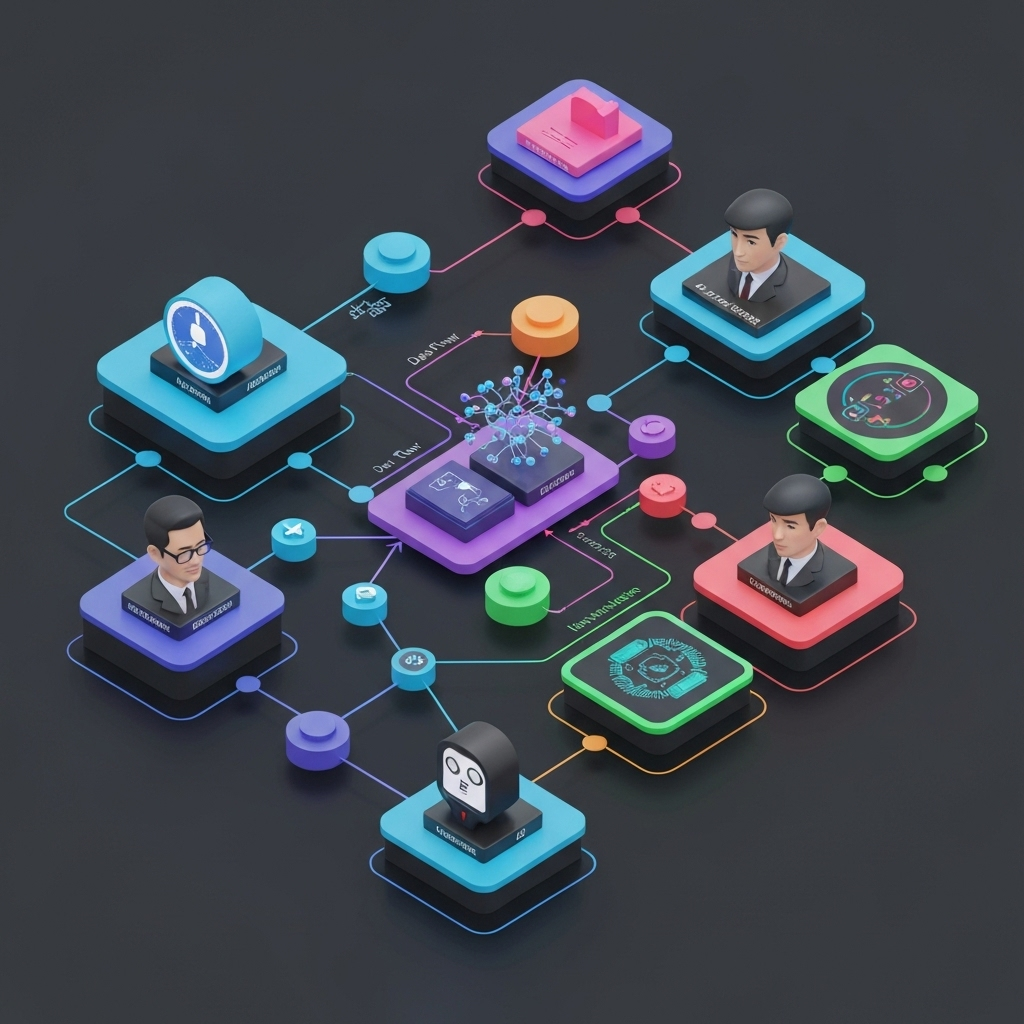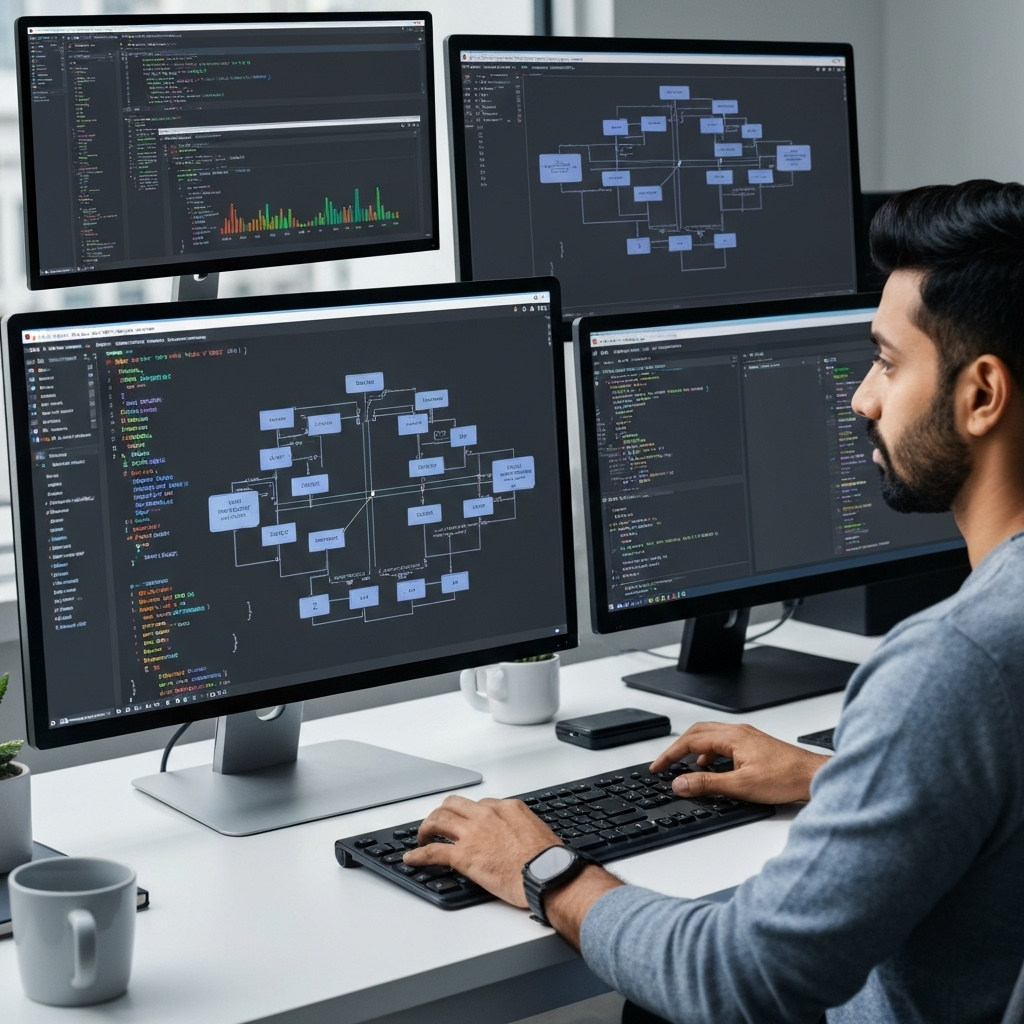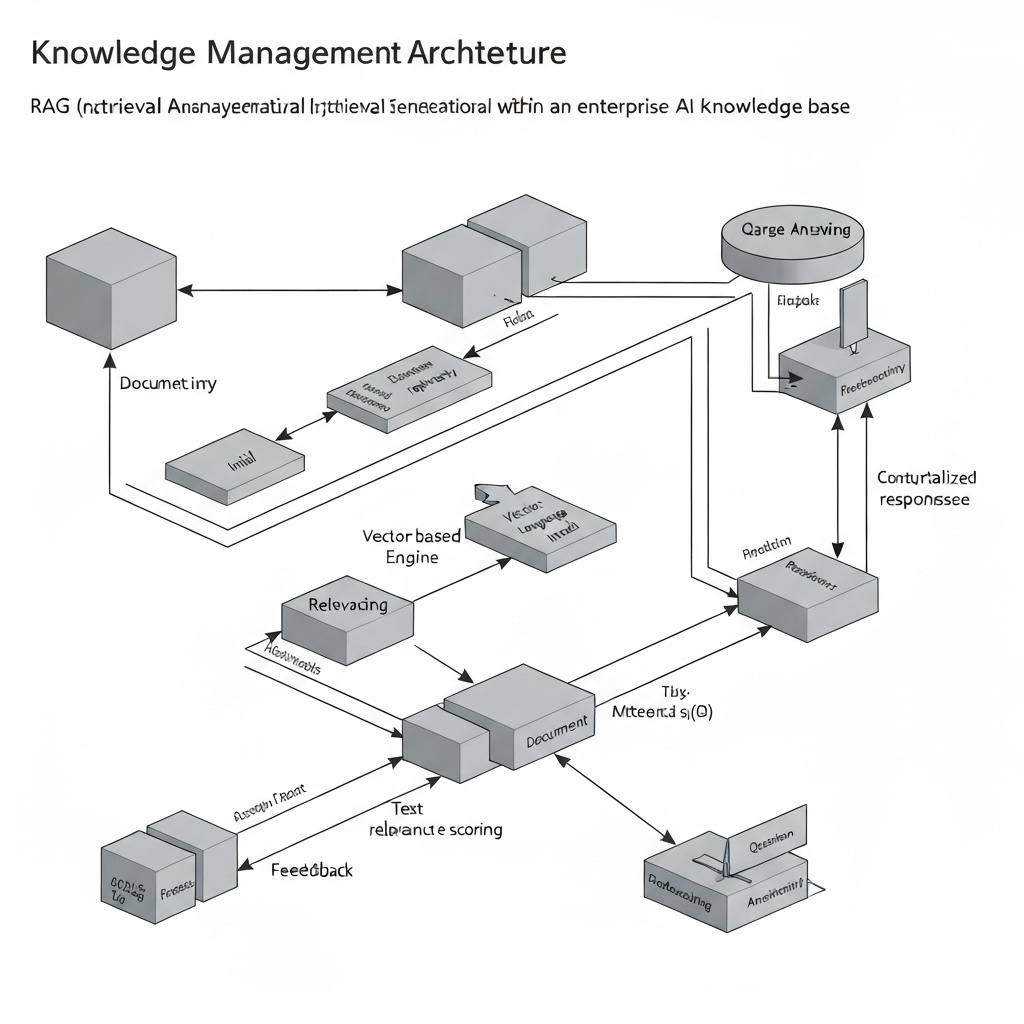Multi-Agent Systems: The Next Level of Workflow Automation
How coordinated AI agents collaborate to solve complex business problems. AutoGen, CrewAI, and real-world multi-agent orchestration examples.

Single AI agents are powerful, but complex business problems require coordination between multiple specialized agents. Multi-agent systems represent the next evolution in workflow automation, enabling AI teams to collaborate like human teams.
Understanding Multi-Agent Architecture
Multi-agent systems consist of specialized agents with distinct roles: researchers gather information, analysts process data, writers create content, and reviewers ensure quality. Each agent has specific capabilities and can communicate with others to complete complex workflows.

AutoGen vs CrewAI: Framework Comparison
AutoGen excels at conversational workflows where agents debate and refine ideas. CrewAI is better for structured, sequential processes with clear handoffs. We've deployed both in production and can guide you to the right choice for your use case.

Real-World Implementation
Our multi-agent system for technical documentation involves a researcher agent gathering requirements, a technical writer creating content, a reviewer ensuring accuracy, and a formatter preparing final deliverables. This reduces documentation time by 60% while improving consistency.

Multi-agent systems unlock new possibilities for workflow automation by combining the strengths of specialized AI agents. The key is designing clear roles, communication protocols, and quality control mechanisms.

